As hundreds of unmarked graves of Indigenous youth are discovered in Canada and the United States, the world is made to confront an ugly history, a history of separation and trauma for our most precious population: children. Although these headlines highlight the pain associated with boarding schools, they are one small piece of the story of Indigenous youth in North America. Native communities have gone to great lengths to secure the well-being of Native children. One example is the Indian Child Welfare Act (ICWA).
ICWA (1978) was passed to prevent the ongoing removal of American Indian/Alaska Native (AI/AN) children from their parents, families, tribal communities, and tribal lands and attempted to address the traumas of compulsory boarding school attendance which harmed AI/AN children in every possible way. Many AI/AN peoples today are still feeling the grief and loss of their ancestral children. It’s essential to recognize that AI/AN children continue to be removed from their homes at disproportionate rates despite the passage of ICWA. In Alaska, 45% of the children in out-of-home care through the state child protection system are AI/AN only. These disproportionate rates are also present in North Dakota at 38%, Montana at 33% and Minnesota, at 21% (Kids Count, 2021). These percentages do not include children with multiple races identified. Given the history of Indian boarding schools and colonial harms, it is not by chance that AI/AN children are disproportionately removed. The passage of ICWA has a deeper purpose to many AI/AN communities than simply to reduce the number of AI/AN youth removed from their traditional lands and family. It is time to understand the shortcomings of embedding ICWA legislation in a child removal system. We need to acknowledge the trauma and pain that child removal has caused. The relational wounding of child removal must stop.
ICWA is an act of resistance against forces of assimilation and the colonization of AI/AN people for generations. The core values of American culture include ideas that directly oppose the AI/AN way of life. For instance, American culture values individuality. This is evident in the child welfare system, where each child is assigned individual care plans that often omit family and community members as supportive resources. The traditional American child welfare model is closely aligned with a western medical model that prioritizes individualized treatment for substance use, mental health, and physical health rather than a holistic model of care. These models perpetuate ideas closely aligned with capitalism, such as individual work ethic, materialism, and convenience over AI/AN traditional values.
ICWA was designed to prevent the breakup of Indian families, provide active efforts to reunify families and ensure that if children had to be removed, their priority placements would be with relatives, tribally approved foster homes, and AI/AN community homes whenever possible. This policy is aligned with what has been developed as an Indigenous Connectedness Framework that explains the importance of connectedness relationships between children and family, community, environment, ancestors/future generations, and culture/spirit. These crucial relationships help AI/AN children maintain connectedness by knowing who they are and where they come from. Child removal disrupts these important relational connections and could lead to a child feeling disconnected from themselves and adopting a trauma identity (identity is based on fear and self-protection) rather than relational identity (identity founded on healthy relationships and connection). The Indigenous Connectedness Framework suggests that it is unsafe for a child to be removed from everyone and everything they are familiar with and could lead to more compounded maltreatment by the child welfare system if connectedness relationships are not maintained. For a child, removal from parents often includes a removal from siblings, extended family, friends, schools, daycares, neighborhoods, favorite places of play, familiar landscapes, cultural foods, names, dances, songs, cultural knowledge, and spiritual ceremonies. ICWA is needed to ensure that children maintain these relational connections that provide a wholistic sense of safety, belonging and love.
All systems, especially the child welfare system, need to shift their paradigm to Indigenous connectedness because through relationships, well-being is maintained, and healing from trauma can occur. All of us need to relearn how to be in right relationship with ourselves and others. Relationships make life possible. When we are in right relationship, the false hierarchies, oppressions, and trauma cease. Taking care of our sacred children becomes a shared responsibility of everyone in the community. Systems based on relationality naturally listen to lived experience, include community-based solutions, and see children as part of an interconnected network. Supporting parent, family, community relationships with children also supports the collective because those children grow up to become healthy family and community members for future generations, which breaks the intergenerational cycle of trauma.
Our legal system must uphold ICWA because it was created to resist ongoing child removal within child welfare and align with concepts of Indigenous Connectedness for child well-being. It is important to recognize how difficult it is to achieve the intent of ICWA when it is embedded in a disconnected system that more readily removes children. adequate implementation of ICWA requires a shift in current child welfare funding because 3-5 billion dollars are spent on foster care and adoption compared to millions spent on kinship care and prevention. Child welfare funding should go towards families and communities that are ready and willing to face the true history, stop the ongoing harm and oppression, focus on healing-centered engagement and come back to being in right relationship with each other again. This work can happen by listening to the wisdom of people with lived experiences who have done their internal work to heal from multiple forms of trauma. When one child, youth, parent, family member, or community member does this work, it heals the entire network of relationships that has ever connected with them. This is how important each person is and how important it is to implement a connectedness-based policy such as ICWA in the child welfare system. As Indigenous Grandmother Rita Blumenstein said, “…when we can heal ourselves, we heal our ancestors, our grandmothers, our grandfathers, and our children. When we heal ourselves, we heal Mother Earth.”
Jessica Saniguq Ullrich is a descendant of the Native Village of Wales and tribal member of Nome Eskimo Community and serves as an Assistant Professor of Social Work at the University of Alaska Anchorage
Jerreed D. Ivanich is a Member of the Metlakatla Indian Community (Tsimshian) and an Assistant Professor at the Centers for American Indian and Alaska Native Health, University of Colorado Anschutz
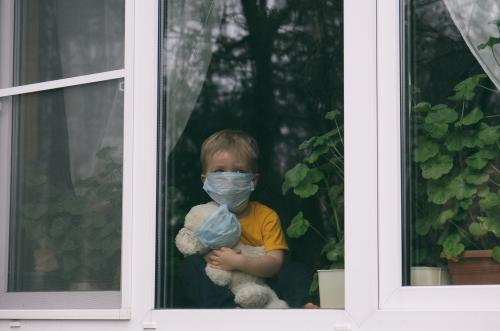
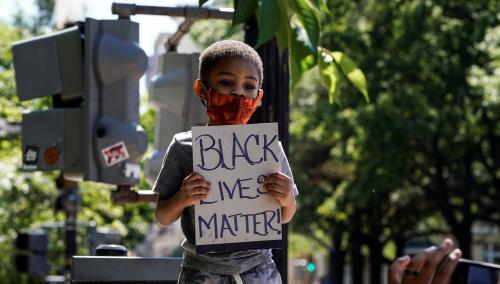
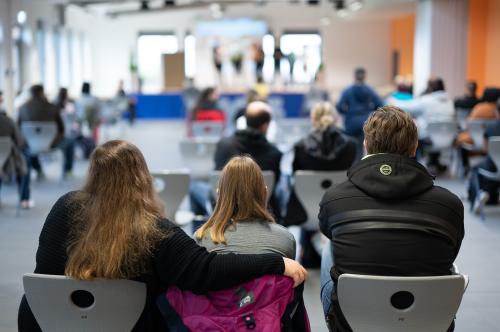
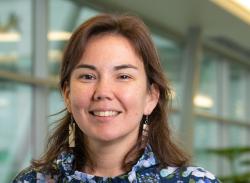
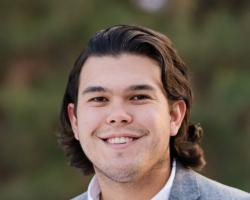



Commentary
Aligning child welfare with the relational connectedness of ICWA
October 4, 2021